Studies show that the majority of Americans have suboptimal levels of Vitamin D3 all year round, but especially during the upcoming winter months. Our bodies can make vitamin D with safe levels of sun exposure, but most of us don't get that. Whether you live in an area of the country that doesn’t get a lot of sun or don’t spend as much time outside as you would like, it is very likely your body isn’t producing as much as you need.
Most laboratory ranges consider 30mg/dL and above normal. Optimal ranges start at 50mg/dL. If you have never had your levels checked, please do! Most physicians include this (or should!) as a standard part of annual wellness blood testing.
Vitamin D3 has many roles in bodily function. In fact, it acts more like a foundational hormone than a true vitamin. Vitamin D3 is involved in bone and muscle metabolism, nueurotransmitter balance, immune system regulation, gene regulation related to risk of cancer, and the list goes on and on.
Symptoms of vitamin D3 deficiency are often not present until levels get very low and can be very subtle even then. Fatigue, aches and pains, mood changes, hair and nail changes, slow wound healing, tendency for frequent infection are all associated with low vitamin D. Many people don’t notice any symptoms, unless AFTER they supplement and realize the improvement they feel.
In addition to being difficult to get through safe sun exposure, vitamin D can be difficult to get through food as well. There aren’t many natural sources of vitamin D in food and it is somewhat difficult to absorb. Natural sources of vitamin D in food can be found in fatty fish, eggs, and cheese. It is often added to processed foods such as cereals and milk also. Rather than depend on vitamin D being added to foods, I recommend that everyone consider adding a high quality supplement.
Check out more Vitamin D3 clinical info here and resources for quality supplements here.


